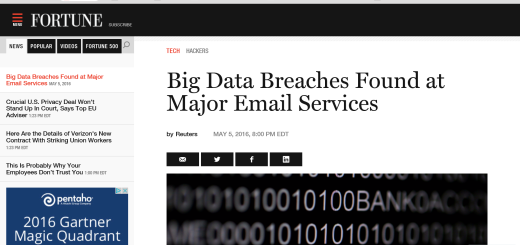What Ecommerce Merchants Need to Know About EMV
Accepted in Europe for years, US.retailers have been making the switch from primarily accepting traditional magnetic strip cards to EMV. Here’s the lowdown on what you need to know about EMV and how it affects your ecommerce store.
What is EMV?
EMV – Europay, Mastercard and Visa – is a credit card with a small chip that more securely validates transactions than magnetic strip cards. Much of the world uses EMV and Europe has used EMV for years.
Americans Want EMV
American Express, Discover, MasterCard and Visa have all been making the switch from magnetic strip to chip. So far 120 million Americans have chip (EMV) cards and that number is expected to rise dramatically by the end of 2015.
63 percent of consumers want a chip card as soon as possible, according to a recent article from ZD Net.
What’s Expected of Merchants
Merchants are expected to have updated their POS terminals and backend software to begin accepting EMV by then. This doesn’t mean the magnetic strip cards will stop working. It’s actually a deadline for a liability shift, which began on Oct. 1, 2015. After Oct. 1, 2015, the liability for fraudulent activity will be on the merchant’s shoulders, not the card issuer’s.
What’s Wrong with Magnetic Strips?
The problem with magnetic strips is that they can be captured and copied relatively easily by thieves, and more easily than EMV, which is protected through cryptography and other security features. EMV also requires PINs to raise security, rather than just a signature as magnetic cards can.
Getting on Board with EMV
The U.S. was the last large major economy to begin to migrate to EMV last year. But does this mean the U.S. is behind in using a critical payment standard? Yes and no. It depends on who you ask.
Some have said the main reason the U.S. has been slow to get on board with EMV is that card issuers and retailers have been dragging their feet because of the cost. A magnetic strip card costs about $.25 while an EMVcard can cost $1.25 to $2.50, according to a recent article from ZD Net.
The flip side is that the U.S. simply didn’t have as much of a need for chip cards because the telecommunications infrastructure is much better in the U.S. than in Europe, for example.
What EMV Means for Ecommerce
The main benefit for EMV is that it reduces counterfeit cards during card present transactions. For ecommerce retailers, EMV unfortunately won’t help with card security, because the chip in EMV is only useful in card present transactions. Ecommerce sites will still take payments with the 16-digit number, expiration date and CVC code.
More Fraud with EMV?
And EMV may actually cause more fraud online. That’s what happened in Europe when the continent made the shift. Hackers will go where the money is easy and if it’s not easy in person, then they’ll focus their efforts online.
“(O)nline fraud jumped 21 percent in Europe in 2012, which has been associated with the implementation of PIN-and-chip cards,” according to Whitepages.com.
EMV for Online
But, although not yet mainstream, there are EMV payment options. According to Bluepay.com,
“EMV payment options do exist in the online world. They haven’t become truly mainstream yet, but the technology is already here:
- MasterCard offers a Chip Authenticated Program (CAP)
- Visa now offers Dynamic Passcode Authentication (DPA)”
Good News for Small Businesses
The good news for small businesses is that switching to EMV will probably be less costly than for huge retail outlets, since smaller businesses simply have less equipment to upgrade.



